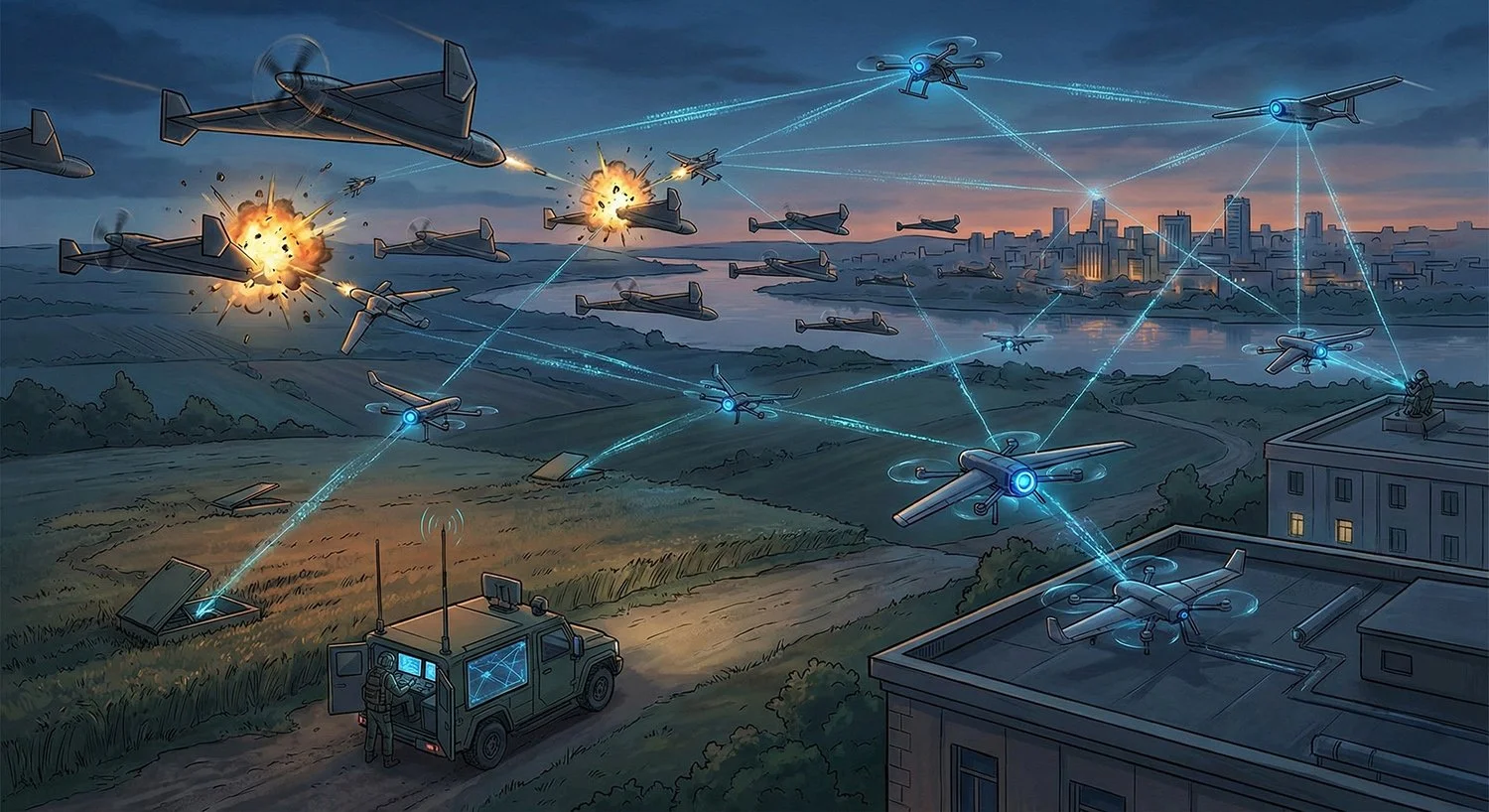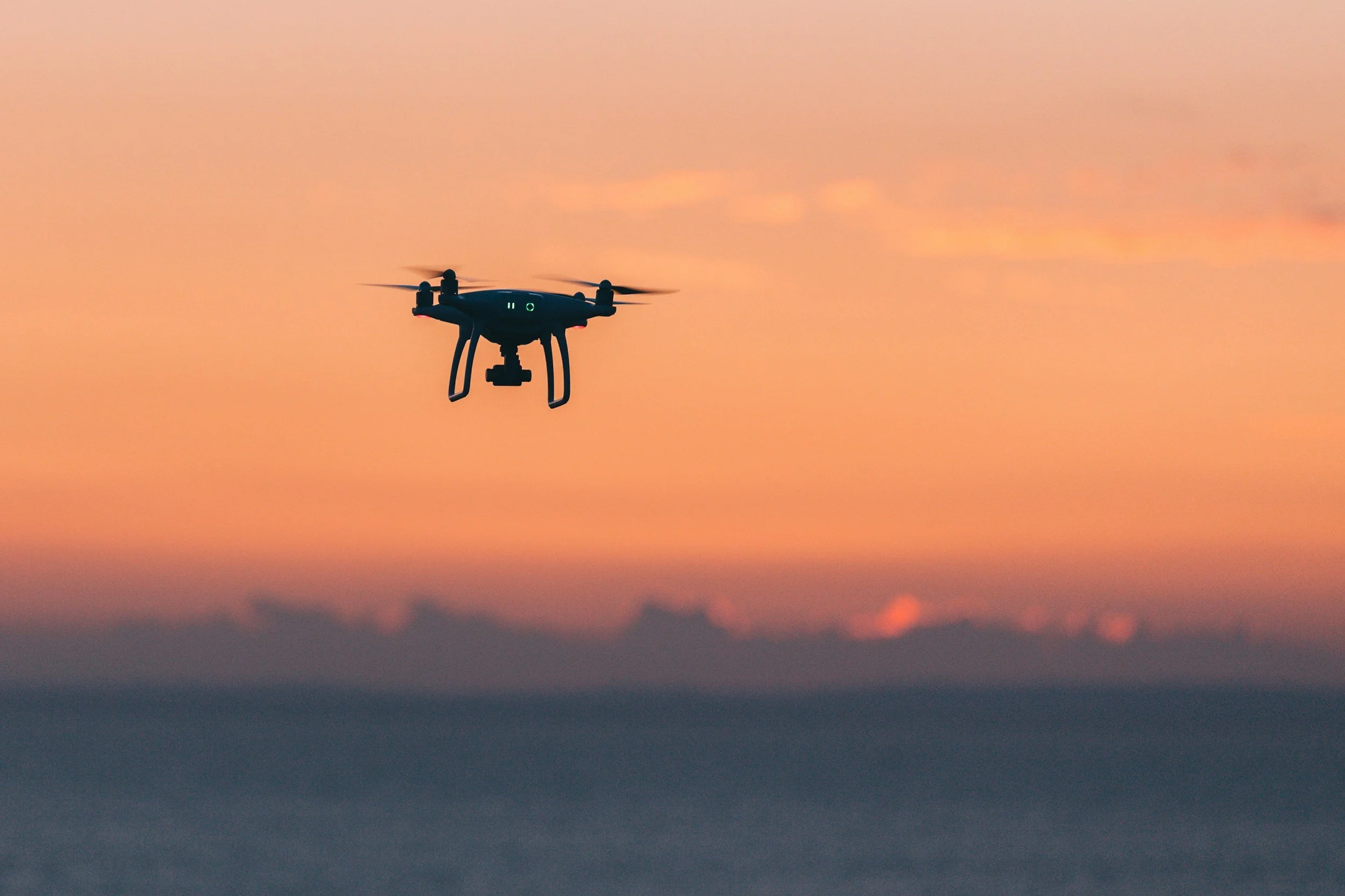California Drone Regulations in 2025: AI Technology Drives Compliance and Safety
Image Credit: Maarten van den Heuvel | Splash
California continues to regulate drone operations under a robust framework enforced by the Federal Aviation Administration (FAA) and supplemented by state and local laws, emphasizing safety, privacy, and the integration of artificial intelligence technologies. These regulations govern the growing use of unmanned aerial systems (UAS) for recreational and commercial purposes, leveraging AI to enhance navigation, compliance, and enforcement. The rules ensure responsible drone operation while fostering innovation in the state’s busy skies.
[Read More: How AI is Revolutionizing Sub-100-Gram Drones Under Japan's Strict Drone Laws]
Registration Requirements
Drones weighing more than 0.55 pounds (250 grams) must be registered with the FAA through the DroneZone platform, a process costing US$5 and valid for three years. Operators must mark the registration number on the drone’s exterior and carry proof of registration during flights. This requirement applies to both recreational and commercial drones, ensuring traceability in the national airspace system (NAS).
Recreational UAS Safety Test
Recreational drone pilots must pass the Recreational UAS Safety Test (TRUST), a free online exam offered by FAA-approved providers. Covering aviation safety, airspace rules, and operational guidelines, the test takes approximately 15–30 minutes. Upon completion, pilots receive a certificate, which must be carried during flights. Platforms like UAV Coach provide interactive training with quizzes to ensure comprehension. The FAA’s TRUST portal offers immediate feedback, allowing users to correct answers and pass without risk of failure, making the process accessible and effective.
[Read More: AI Can Handle 100 Drones at a Time!]
Airspace and Altitude Restrictions
Drones must operate at or below 400 feet in Class G (uncontrolled) airspace or within 400 feet of a structure. Flying in controlled airspace (Class B, C, D, or E, typically near airports) requires FAA authorization via the Low Altitude Authorization and Notification Capability (LAANC) system or DroneZone. LAANC, available at 726 airports, employs AI to deliver near-real-time approvals by analyzing airspace conditions and potential conflicts with manned aircraft. The FAA’s B4UFLY mobile app provides real-time airspace restriction data, helping pilots avoid no-fly zones like airports, national parks, and military bases. Drones must remain within the operator’s visual line of sight (VLOS) or that of a co-located visual observer, with AI-assisted navigation systems alerting pilots to deviations.
Remote ID Compliance
Since September 2023, with enforcement starting March 2024, drones requiring registration must broadcast Remote ID, a digital identifier transmitting the drone’s location, altitude, and operator details, unless operating in an FAA-Recognized Identification Area (FRIA). Remote ID modules ensure reliable signal transmission in crowded airspace. The FAA leverages AI to monitor Remote ID data, identifying unauthorized flights and enhancing enforcement, which is critical for safety and accountability in California.
State and Local Regulations
California’s state laws complement FAA rules, addressing privacy and restricted areas. Assembly Bill 856 (2015) prohibits drones from capturing images or recordings over private property without consent, safeguarding residents from intrusive surveillance. Senate Bill 1355 bans drone operations over state prisons, jails, and juvenile facilities, with exceptions for authorized personnel. Local ordinances vary: Los Angeles prohibits drone flights within five miles of airports without air traffic control approval, while San Francisco bans drones in city parks without permits. The California Department of Parks and Recreation restricts drones in wilderness, cultural, and natural preserves unless approved by the director. AI-powered compliance tools, integrated into drone software, use GPS data to alert operators to local restrictions, minimizing unintentional violations.
[Read More: DJI’s First Foldable Drone with Full Propeller Guard Under 249g]
AI’s Role in Enforcement and Safety
AI is transforming drone regulation enforcement in California. The FAA and local authorities use AI-driven analytics to process Remote ID and airspace data, identifying non-compliance patterns, such as flights in restricted areas. These systems prioritize monitoring of high-risk zones, like urban centers or near emergency operations, to enhance safety. AI-enhanced drones feature collision-avoidance systems and real-time alerts for altitude or airspace violations, reducing accidents. Companies like Airsight deploy AI-based drone detection to secure critical infrastructure, such as universities and prisons, by tracking unauthorized UAS in real time. These advancements highlight California’s reliance on AI for safer skies.
[Read More: Top 10 Global AI-Drone Regulatory Updates of 2024 You Must Know]
Source: UAV Coach











